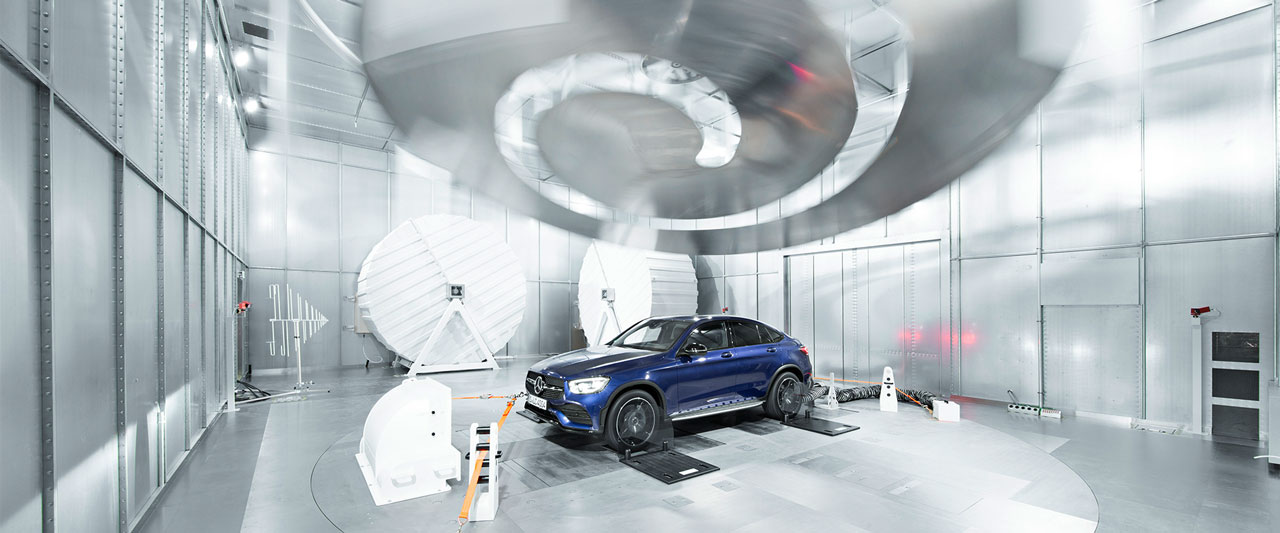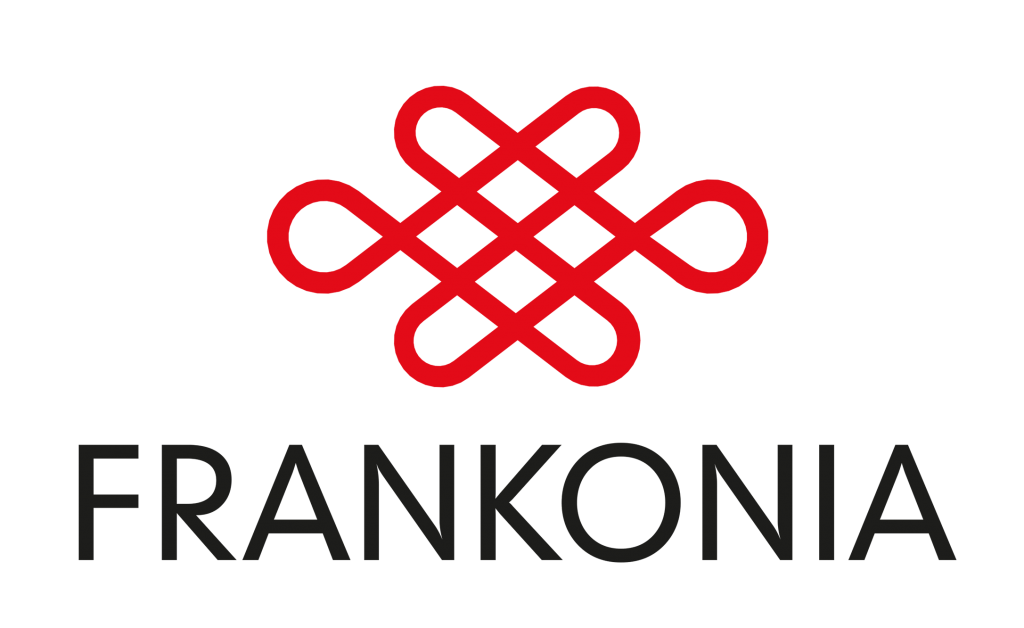Reverberation Tent
EMC Reverberation Tent Alternative for existing EMC Chambers
EMC Reverberation Tent Alternative for existing EMC Chambers
The Frankonia Reverberation Tent is an alternative Reverberation Chamber solution with the main purpose to transform regular EMC anechoic chambers to be used for reverberation testing methods per IEC 61000-4-21, or on the basis of MIL-STD-461G, DO-160D-20 or ISO 11452-11 with the main purpose to achieve higher field strengths than usually possible in absorber lined shielded enclosures.
Frankonia’s ambitions to provide the latest technologies of scientific approaches led to a mobile setup for our premium customers. The mobile setup allows to upgrade existing EMC anechoic chambers, or to consider it already from the beginning while designing a new test site. The alternative reverberation solution is a kind of tent using a conductive Kevlar stainless steel coated fabric with a thickness of 0,1mm.
Material details:
In recent years, the concept behind this tent has been published under Vibrating Intrinsic Reverberation Chamber (VIRC) with the major benefits of high field strength for immunity tests, an alternative procedure for emission measurements, and the highly mobile solution.
The testing with a reverberation solution is mainly on military components level. Today, we see an upcoming trend for additional requirements in the automotive sector, with a specific requirement to test vehicles and components. Since every vehicle is getting more complex, new technologies on electrification and autonomous driving, but also infrastructural improvements require vehicle manufacturers to test the components level, system level, as of course the overall vehicle on safety and functionality in very critical conditions. Therefore, components and vehicles are subject of testing under higher field strengths, as an additional test to the regulative testing’s standards.
Features:
Scientific and pre-existing definitions and calculations for regular solid reverberation chambers are the fundamentals on the definition and design of the alternative reverberation tent, e.g. minimum distances, lowest usable frequency, or the max. test volume. The IEC 61000-4-21 or MIL-STD-461 standards acts as a guideline for verification, since a specific verification standard is inexistent.
| External dimensions | Any size is possible |
| Frequency range | to be defined |
| Shielding Effectiveness | IEEE Std. 299 60-75 dB from 30 MHz to 1,5 GHz 80-100 dB from 1,5 GHz to 10,0 GHz |
| Material | Polyester Steel with Aluminum Core, 0,1 mm |
| Standard | IEC 61000-4-21, or on the basis of MIL-STD-461G, DO-160D-20 or ISO 11452-11 |
Customised to your needs in a separate shielding enclosure
The Frankonia reverberation chambers are the traditional form to test e.g. vehicles per IEC 61000-4-21. Those chambers are highly customised.

